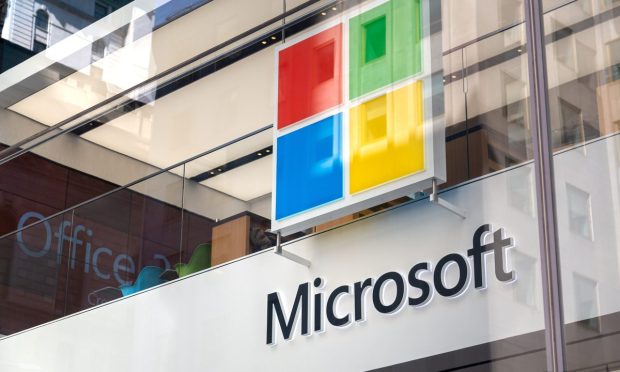Microsoft 2022 Price Hikes Buck Subscription Commerce Best Practices

There’s no shortage of tips and best practices about what top-performing subscription brands do to become top performers. Here’s something they generally don’t do — announce double-digit price increases depending on payment terms subscribers choose, or channels they use.
Inarguably a top performer, Microsoft has nevertheless been broadcasting a 2022 price increase of 20% for business customers who elect to pay monthly instead of annually. The move is even triggering a social media thrashing from some aggrieved subscribers.
As CNBC reported on Monday (Dec. 6), “In 2022, Microsoft is rolling out what it’s calling the New Commerce Experience for Office, revamping the way customers buy its software through business partners. While the company hasn’t publicly announced a specific price change, it has informed partners that organizations paying by the month will face a 20% hike unless they move to annual subscriptions.”
A recent Microsoft blog said that “the new commerce experience minimizes the risk to partners whose customers are less likely to commit to a long-term subscription or will benefit from a flexible monthly agreement. The new commerce experience enables you to more accurately forecast revenue and mitigate the impacts of cancelation of long-term subscriptions.”
The move contrasts sharply with research findings on top-performing subscription tactics.
According to PYMNTS’ latest 2021 Subscription Commerce Conversion Index, a stick.io collaboration, “More D2C subscribers than ever report using D2C subscriptions for better pricing, better customer service and better access to product-specific coupons and discounts.”
The study added that 49% of subscribers “say they subscribe to brands directly because they offer better pricing.”
Get the study: The 2021 Subscription Commerce Conversion Index
Churn Not a Concern
This marks the second time in five months that Microsoft has raised fees on commercial subscriptions, which represent the largest segment of the company’s software revenue.
In August, a company blog announced the first commercial price hikes for Microsoft licenses since 2011. It said, “On March 1, 2022, we will update our list pricing for the following commercial products: Microsoft 365 Business Basic (from $5 to $6 per user), Microsoft 365 Business Premium (from $20 to $22), Office 365 E1 (from $8 to $10), Office 365 E3 (from $20 to $23), Office 365 E5 (from $35 to $38), and Microsoft 365 E3 (from $32 to $36). These increases will apply globally with local market adjustments for certain regions. There are no changes to pricing for education and consumer products at this time.”
Within days of that announcement, a Nasdaq article noted, “Subscriber churn shouldn’t be a huge concern for Microsoft. Not only is this its only price increase in the history of the service, but it also has a moat around its software suite. No business wants to spend hours retraining its workforce on a competing product, and it’s standard across industries to use Microsoft’s Office suite. So the potential to lose revenue from churn is minimal.”
As for the math on the software giant’s 2022 price hikes, Nasdaq coverage added, “An average increase of $2 per user would translate into $7.2 billion in additional revenue [for Microsoft]. That’s on top of any organic subscriber growth the company can produce.”
See also: Subscription Merchants Challenged to Create ‘Ideal Experience’ to Reduce Customer Churn
